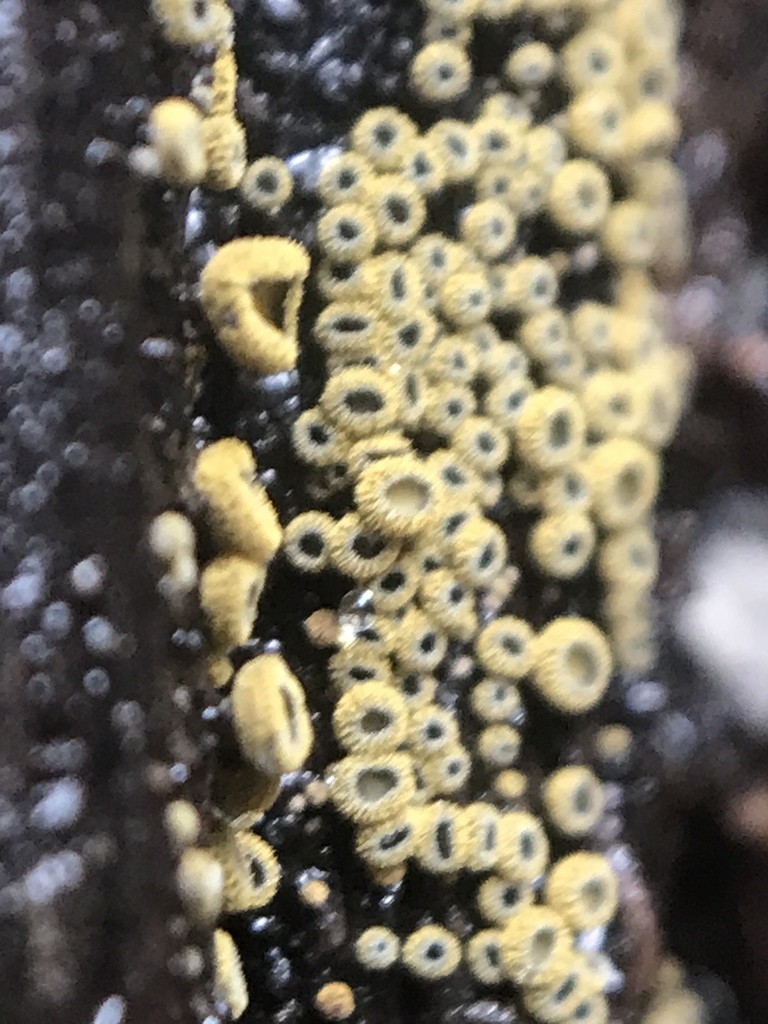Niaceae
Scientific name: Niaceae
Niaceae
Scientific name: Niaceae
 Photo By Jennifer Rycenga , used under CC-BY-4.0 /Cropped and compressed from original
Photo By Jennifer Rycenga , used under CC-BY-4.0 /Cropped and compressed from original Description
Niaceae are fascinating fungi known for their unique fruiting bodies that resemble tiny bird nests. These structures contain spore-filled capsules that are often splash-dispersed by raindrops, aiding in their spread. Found on decaying wood, plant debris, and soil, they play a vital role in nutrient recycling in ecosystems. Common throughout temperate and tropical regions, they contribute significantly to the decomposition process, enhancing soil fertility.